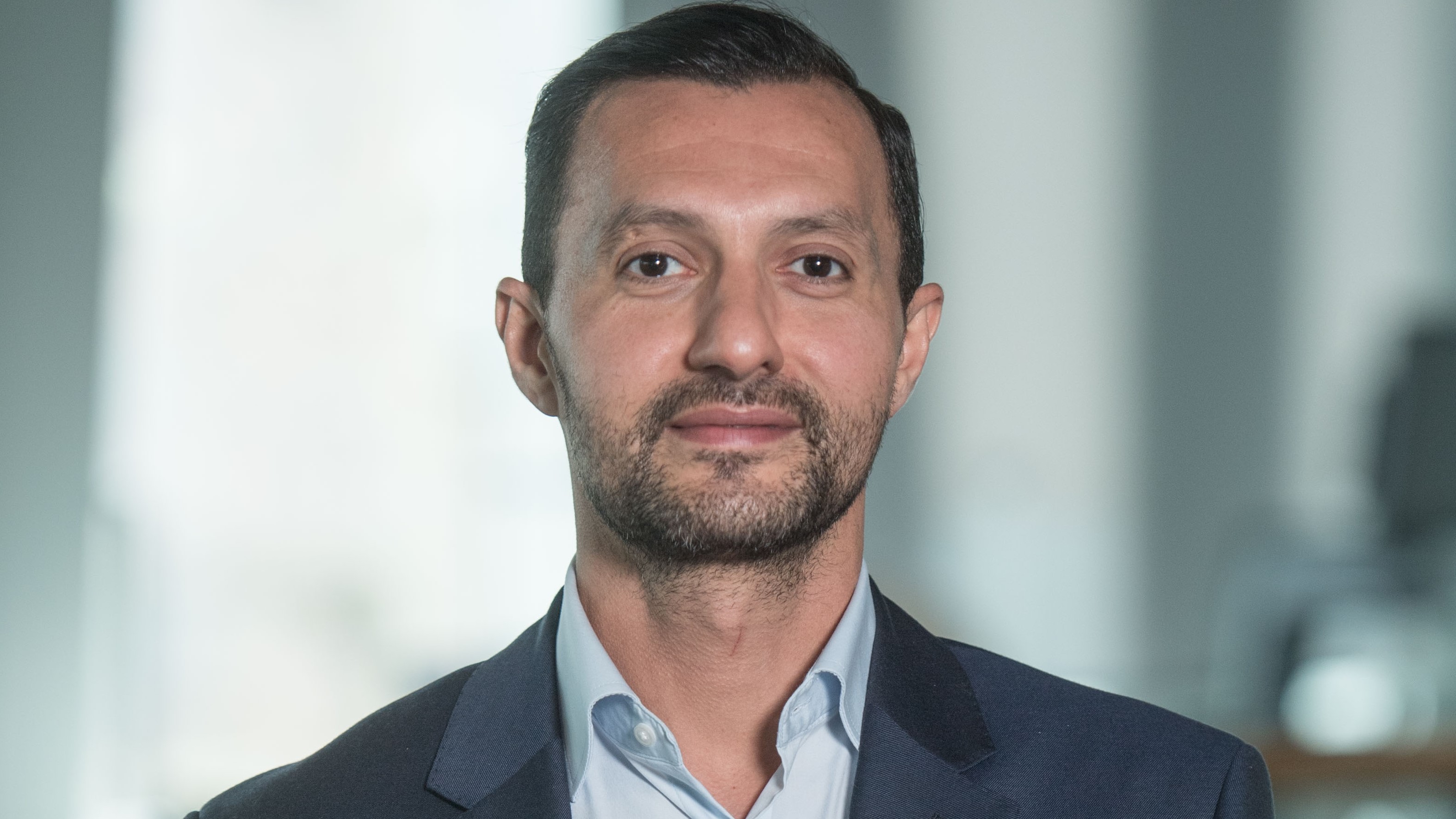UAE tech start-up to launch hand-held water desalination device for just $30
Using reverse osmosis method, Quench Sea can produce two litres per day with human power

A UAE-based tech start-up - Hydro Wind Energy - is on a mission to solve water scarcity issues globally and especially in the Middle East by 2025.
Water scarcity was listed as one of the largest global risks in terms of potential impact over the next decade by the World Economic Forum in 2019 and studies show that demand is expected to outstrip supply by 40% in 2030.
Lee King, CEO of Hydro Wind Energy, told TechRadar Middle East that about 55% of the population lives near the coastal areas and water shortage is a global issue.
The start-up, based at Techstars Accelerators programme at Hub 71 in Abu Dhabi, has developed a device known as Quench Sea to desalinate seawater to freshwater through reverse osmosis method.
Hydro Wind Energy was selected as one of the 100 top startups in the MENA region by the World Economic Forum.
“It is the world's only low-cost, low-tech, hydraulic and hand-held seawater desalination device specifically made for humanitarian purposes, sailors, offshore oil riggers and camp users. It can solve a very big challenge in humanitarian catastrophe or people who are living near the coast and don’t have access to clean water,” he said.
Moreover, he said that access to clean and fresh drinking water, following a disaster, is critical to health and survival but the current relief response measures often rely on transporting massive quantities of bottled water into the affected population or distributing water purification devices or tablets that don’t have the ability to get rid of the salt in the water.
Are you a pro? Subscribe to our newsletter
Sign up to the TechRadar Pro newsletter to get all the top news, opinion, features and guidance your business needs to succeed!
There is an urgent need for a device that can desalinate seawater into fresh drinking water, he said, but no such product exists on the marketplace today.
“We need minimum three litres per day of water for drinking and cooking and the device can produce two litres per hour and meets WHO maximum contaminant levels,” he said.
The by-product of desalination is known as brine and for every two litres of water produced, one litre of water is the waste through reverse osmosis.
- 2020 to be another record year for exits and acquisitions in Mena startup space
- Abu Dhabi’s Hub71 launches region’s first Microsoft Reactor Program
- Bagel Labs innovates smart measuring tape with a digital screen
Securing contracts with NGOs
It is very energy-intensive to produce freshwater from seawater, King said and that is why they have kept it handheld and standalone rather than a motorised option.
Quench Sea device can produce about 20,000 litres per year and is priced at $30 and weighs 0.7 kilos.
King said that the RO membrane needs to be replaced after one year, depending on the usage.
The replacement RO membrane costs $3 and the device is going to be developed in China.
“We are finalising the product development and has to get the certification will be launching it on the American crowdfunding website - Indiegogo - initially in a month’s time. We are launching the website in two to three weeks. We have partnered up with NGOs, Red Crescent, Red Cross and World Vision International. People can also buy and donate it to a humanitarian project” King said.
King said that they plan to sell 100,000 devices initially and have 100m stakeholders within six months.
“Our aim is to securing contracts with NGOs prior to production,” he said.
Started off with five co-founders, Hydro Wind Energy has raised $120,000 from partners and $500,000 through bootstrapping.
They are also developing technology by using kites to produce freshwater from seawater at scale by using altitude wind and subsea pressure.
“The device - SubSeaRO Wind - is one of the disruptive technologies to solve the water crisis. We are currently testing it in Fujairah. It is targeted at utility companies. It can produce 10,000 cubic metres per day. We will be testing it for four months and then will be developed further,” King said.
He said that energy is the largest single expense for desalination plants, accounting for over 60% of the total costs of desalinating seawater into potable freshwater while the solution to this challenge is to use subsea pressure at depths of 600m to desalinate seawater using a submerged pressure vessel with attached reverse osmosis membranes and combined with wind power using kites to lift the freshwater to the surface.
He added the technology uses the same aerodynamic principles as yacht sailing and can reduce water desalination costs by 90% when compared to all other technologies.
“What we are developing is a novel zero carbon emissions technology with the lowest capital cost to deploy, the most efficient and the most accelerated route to full commercialisation,” he said.